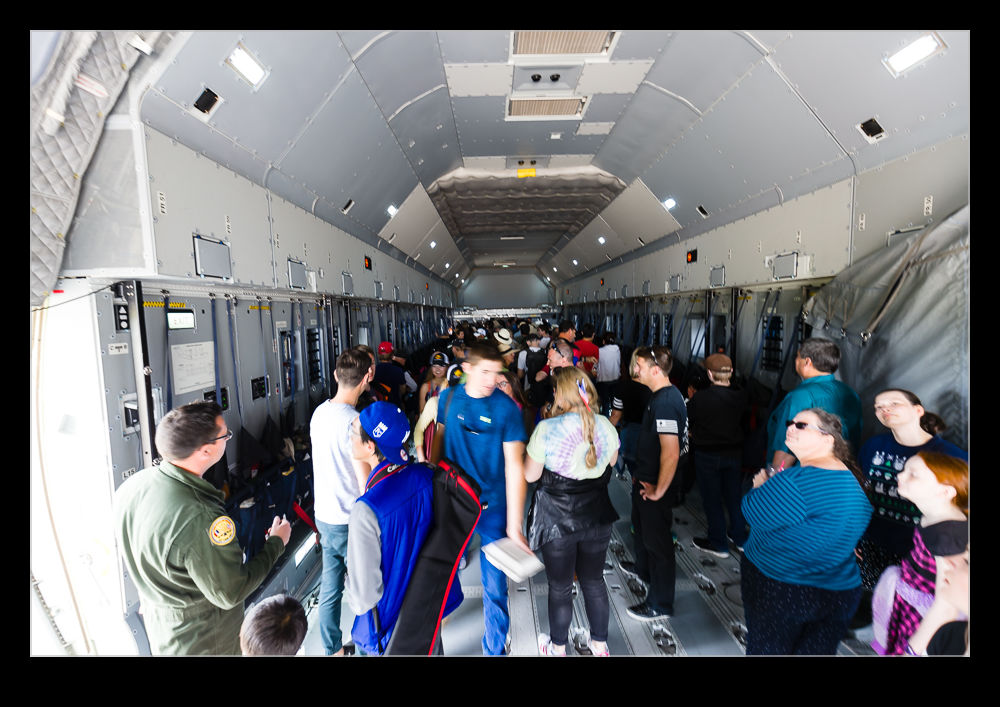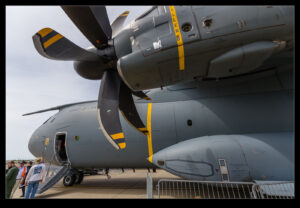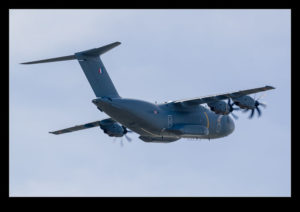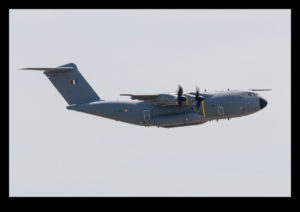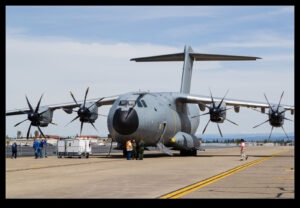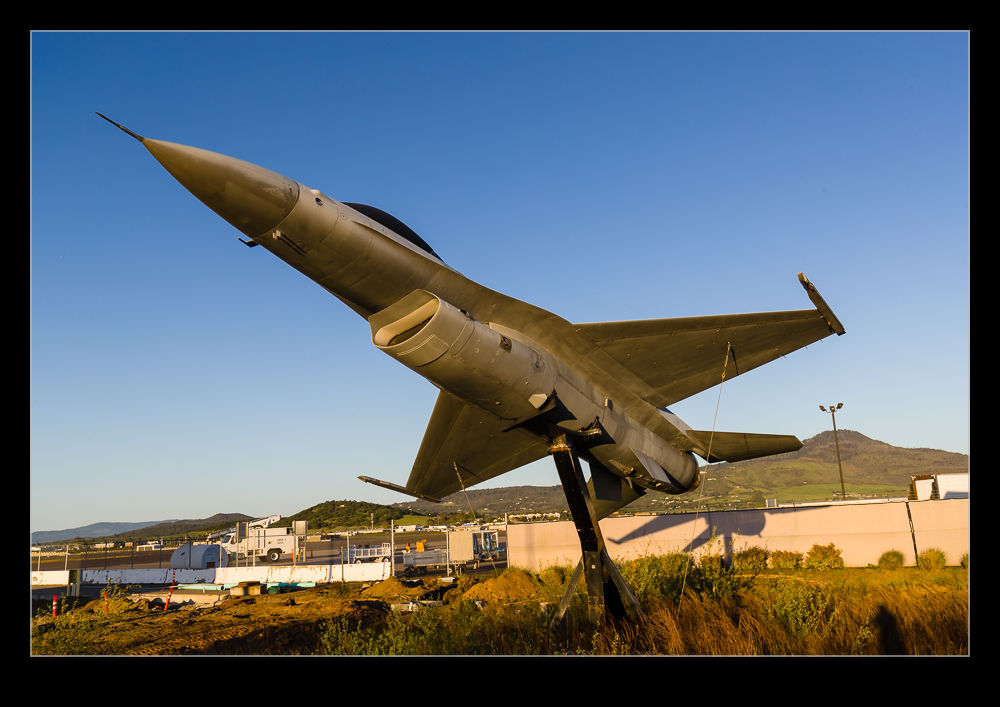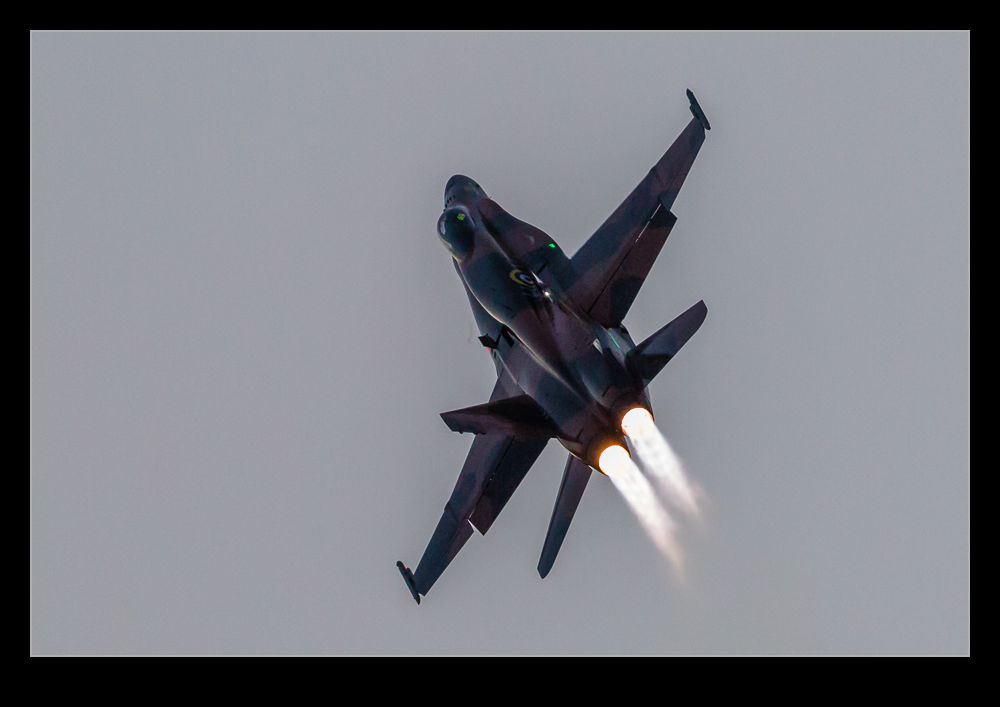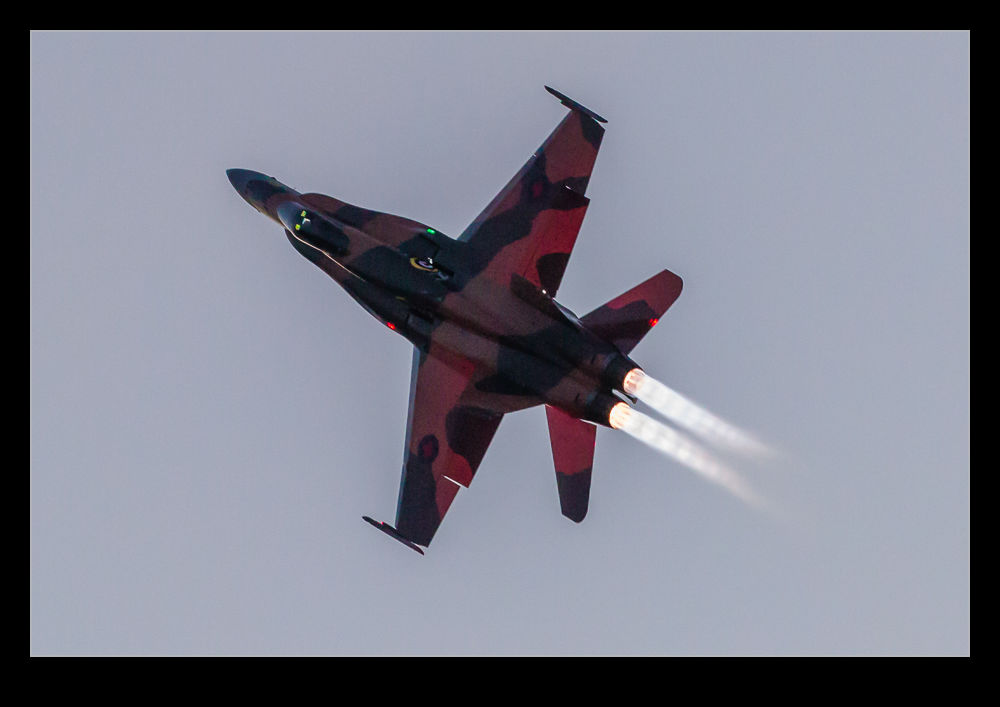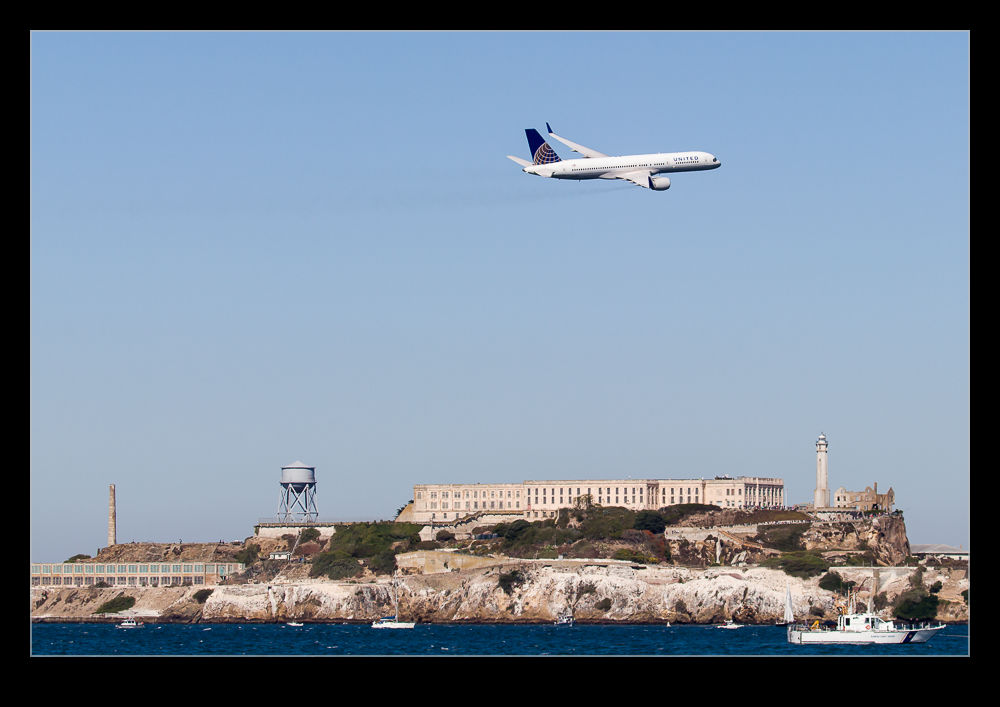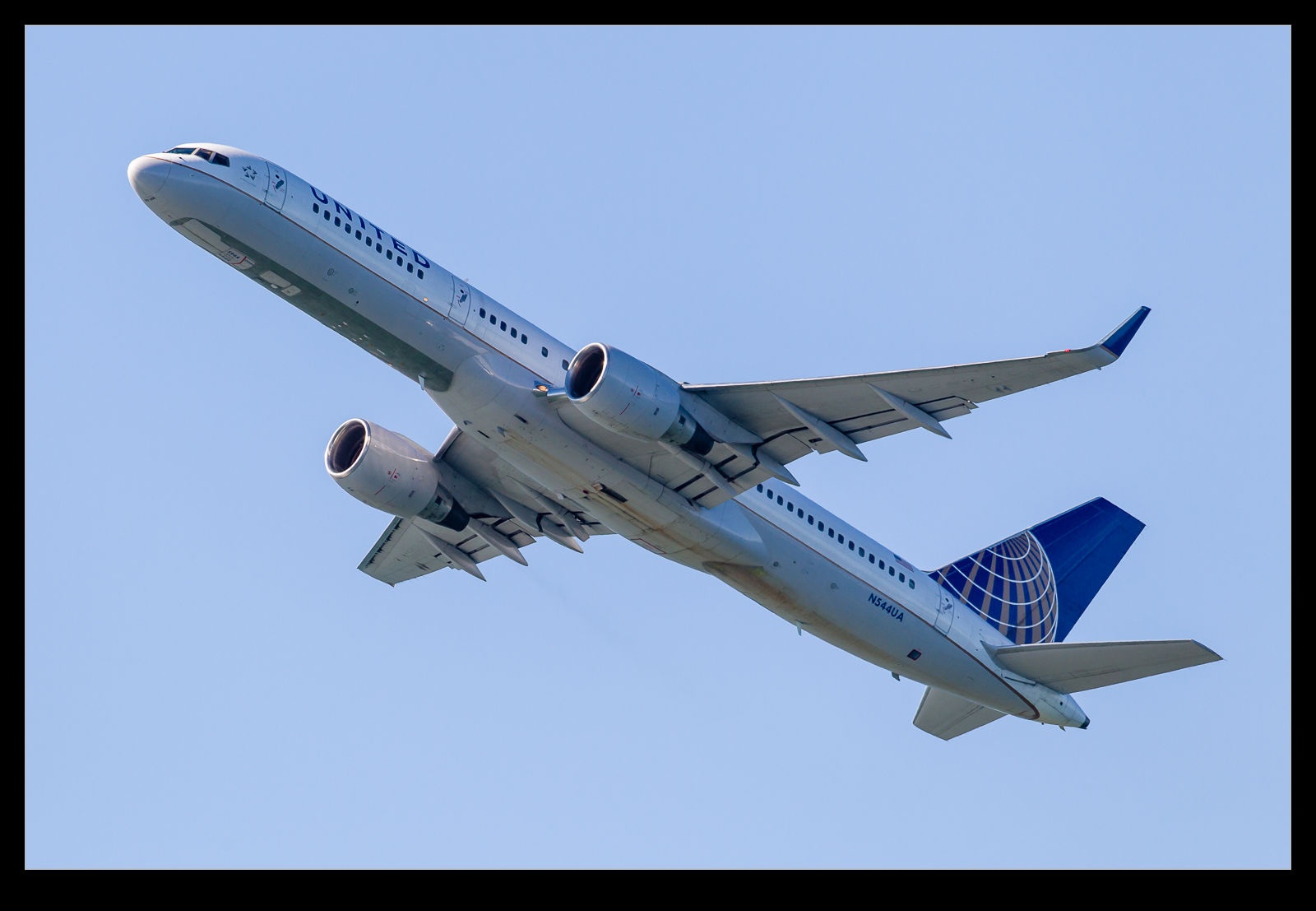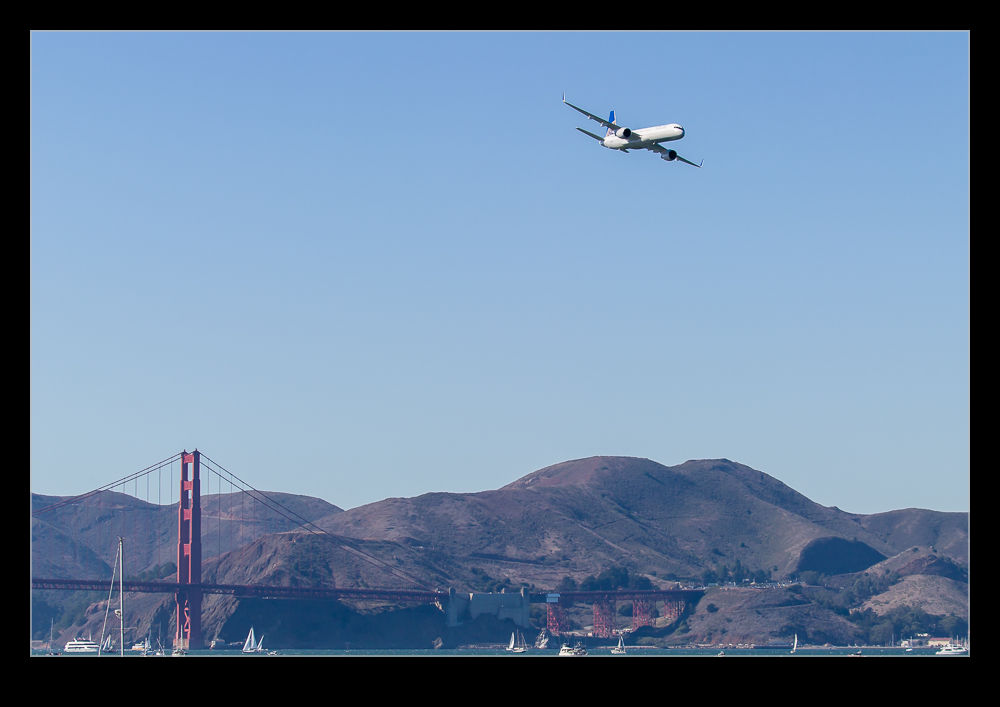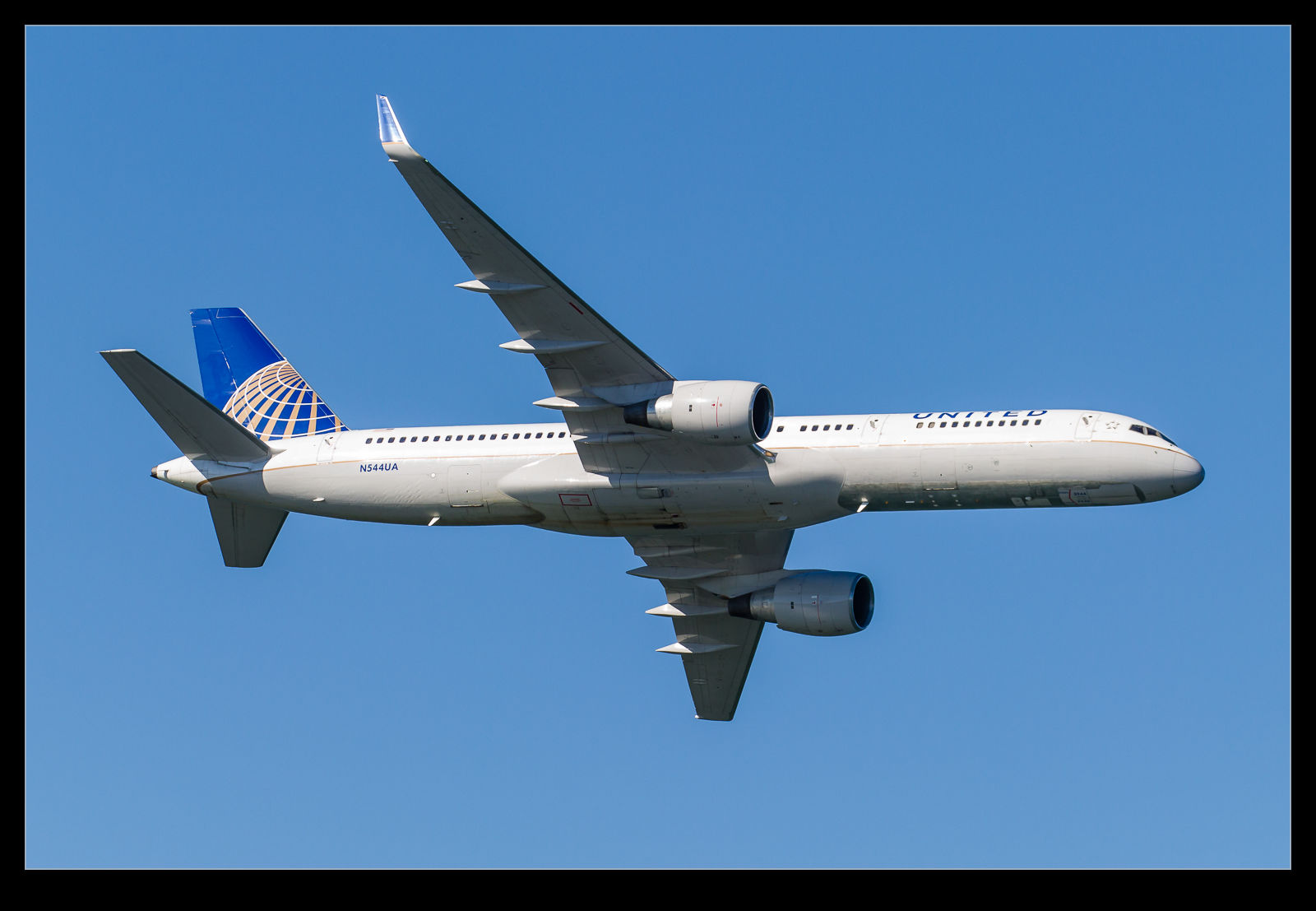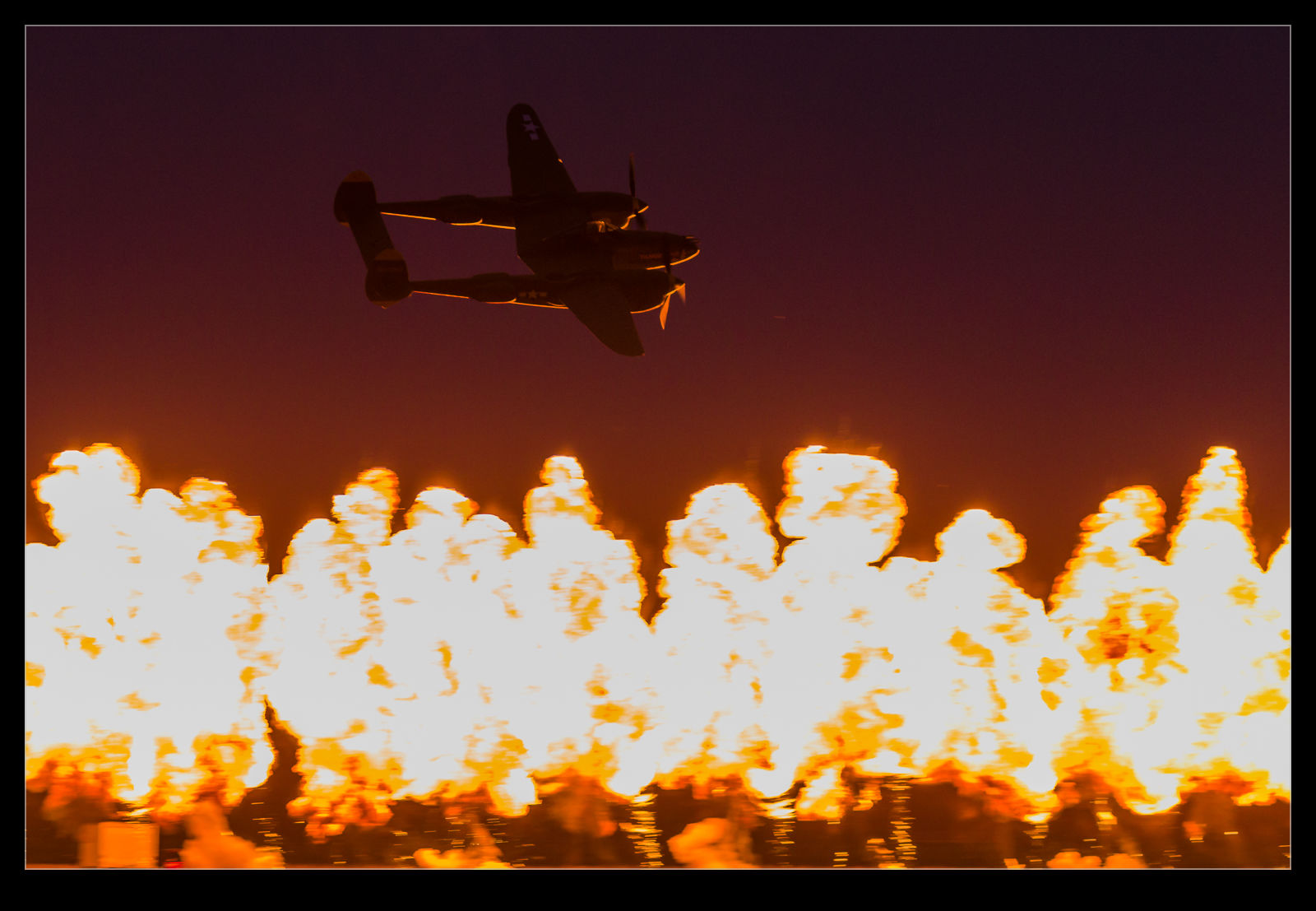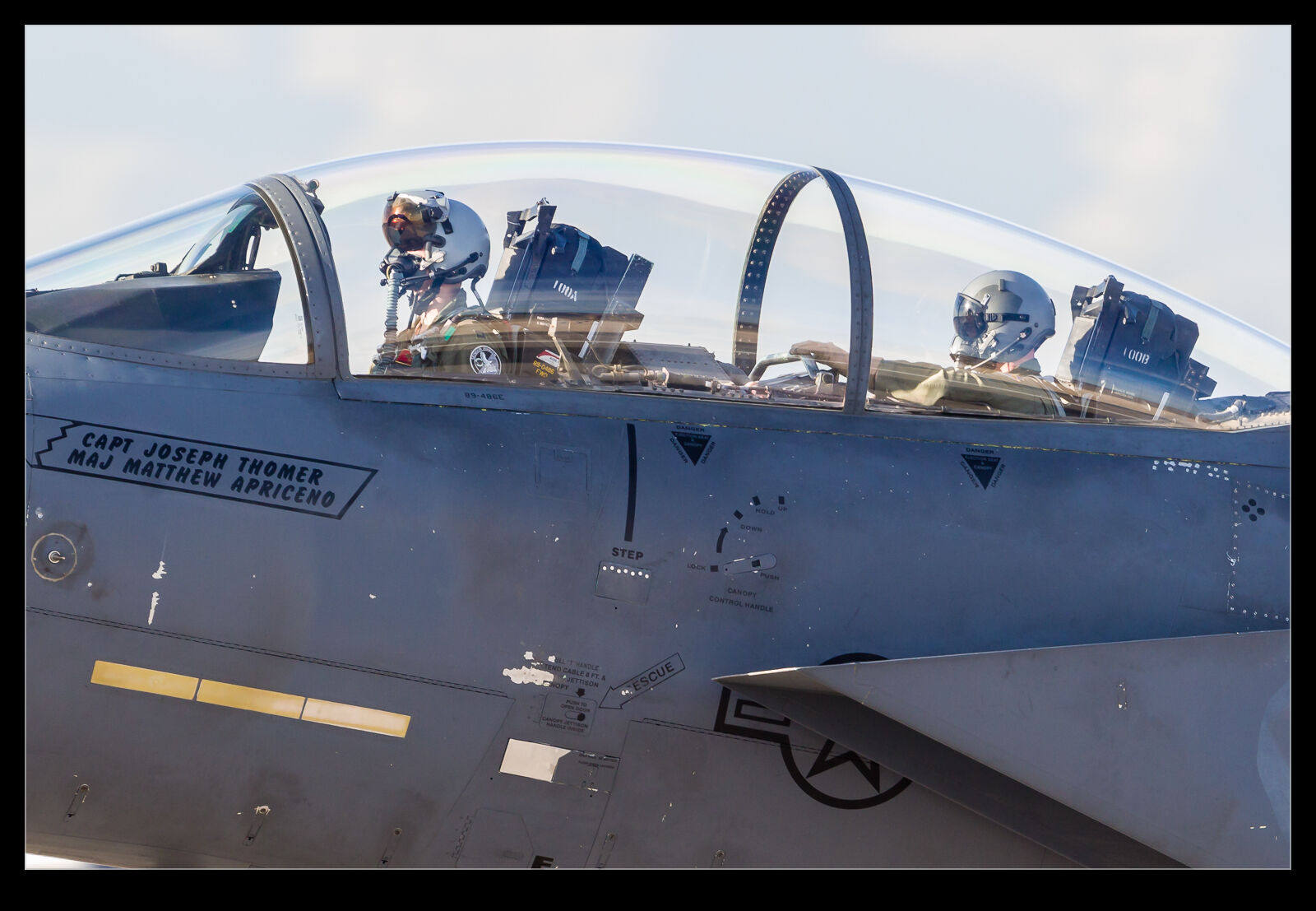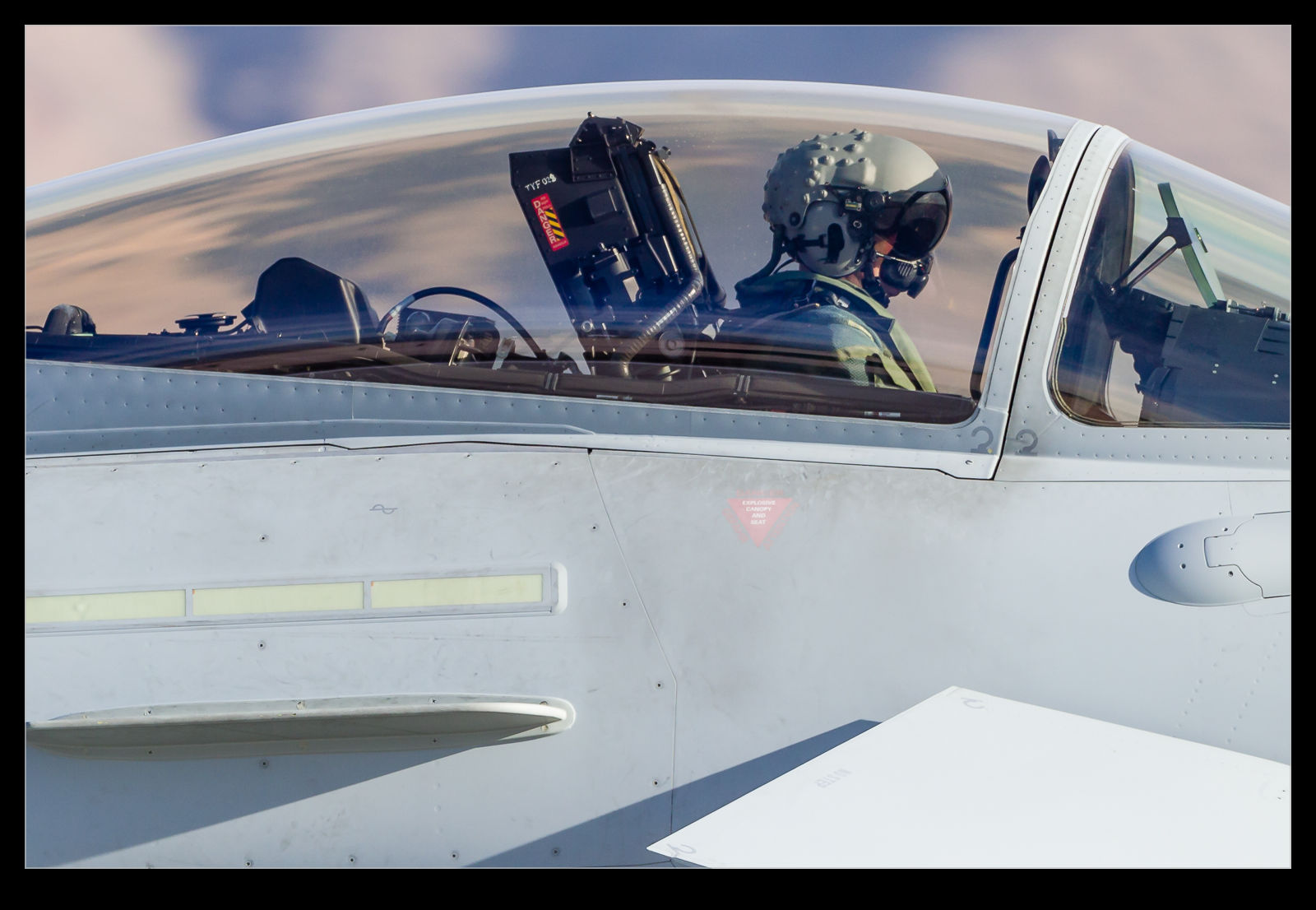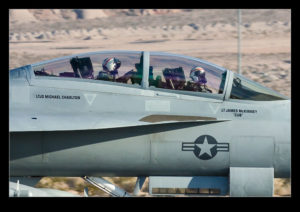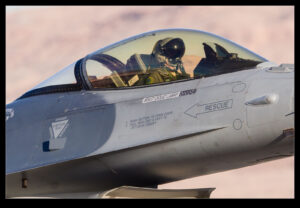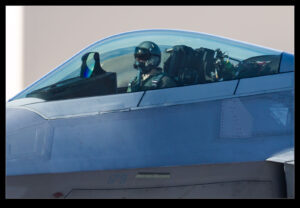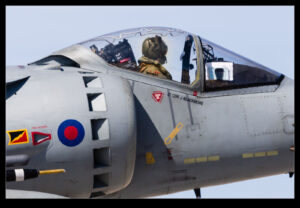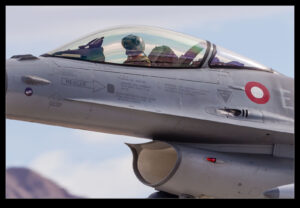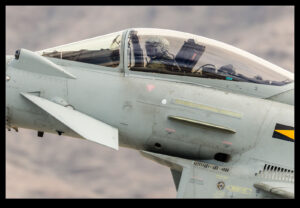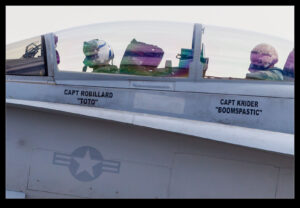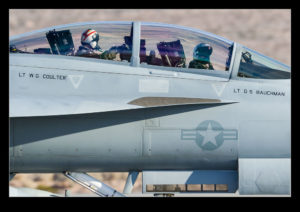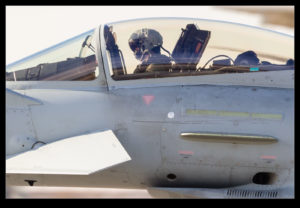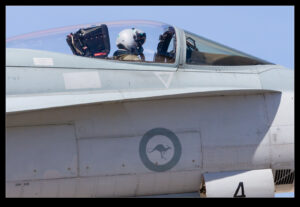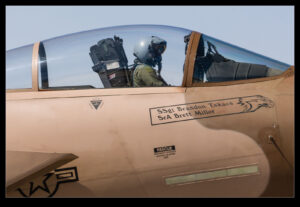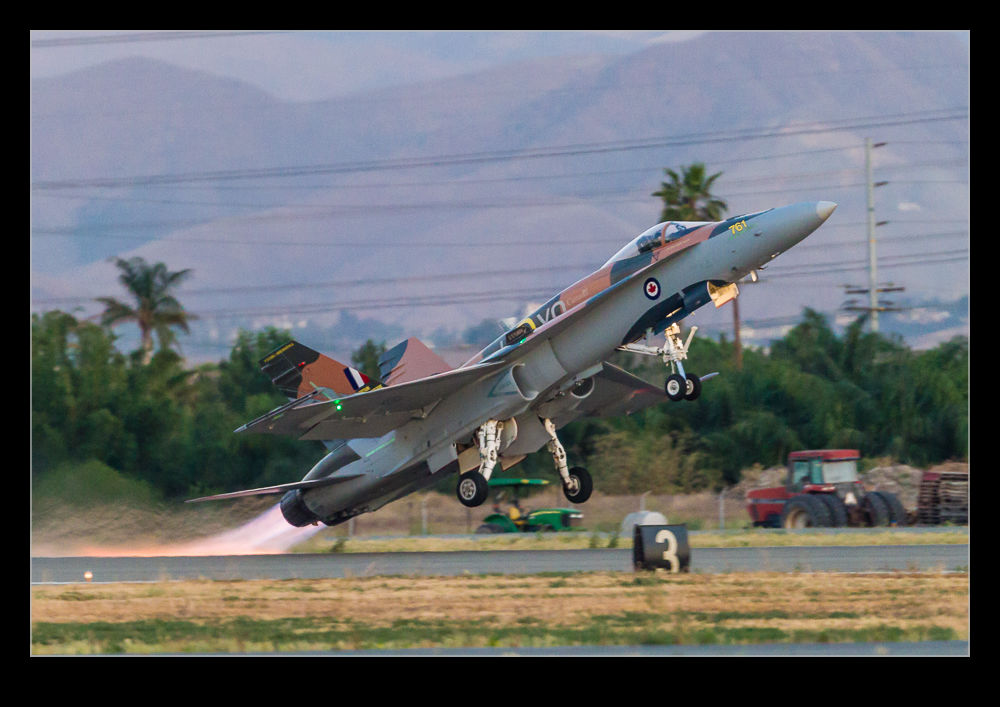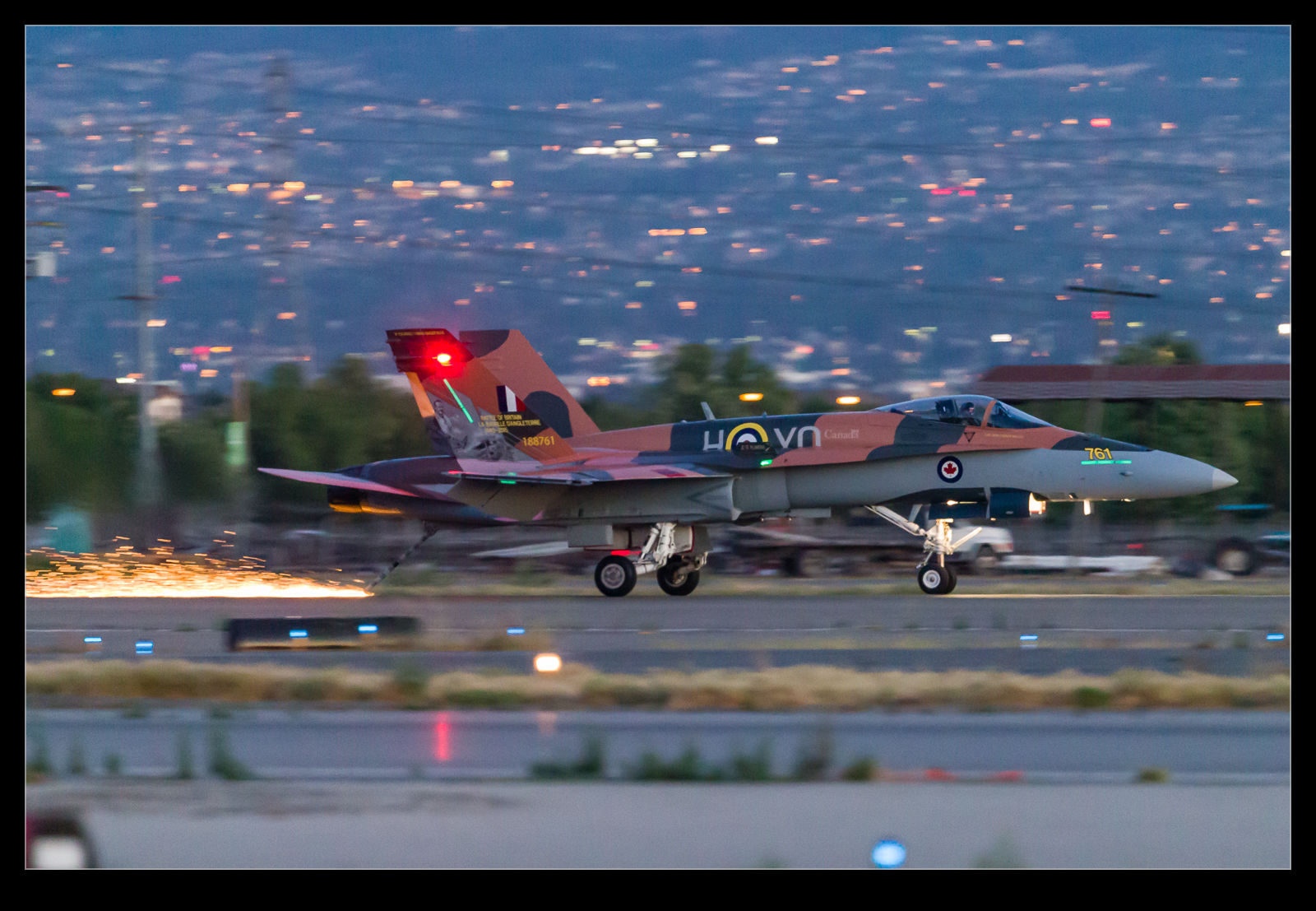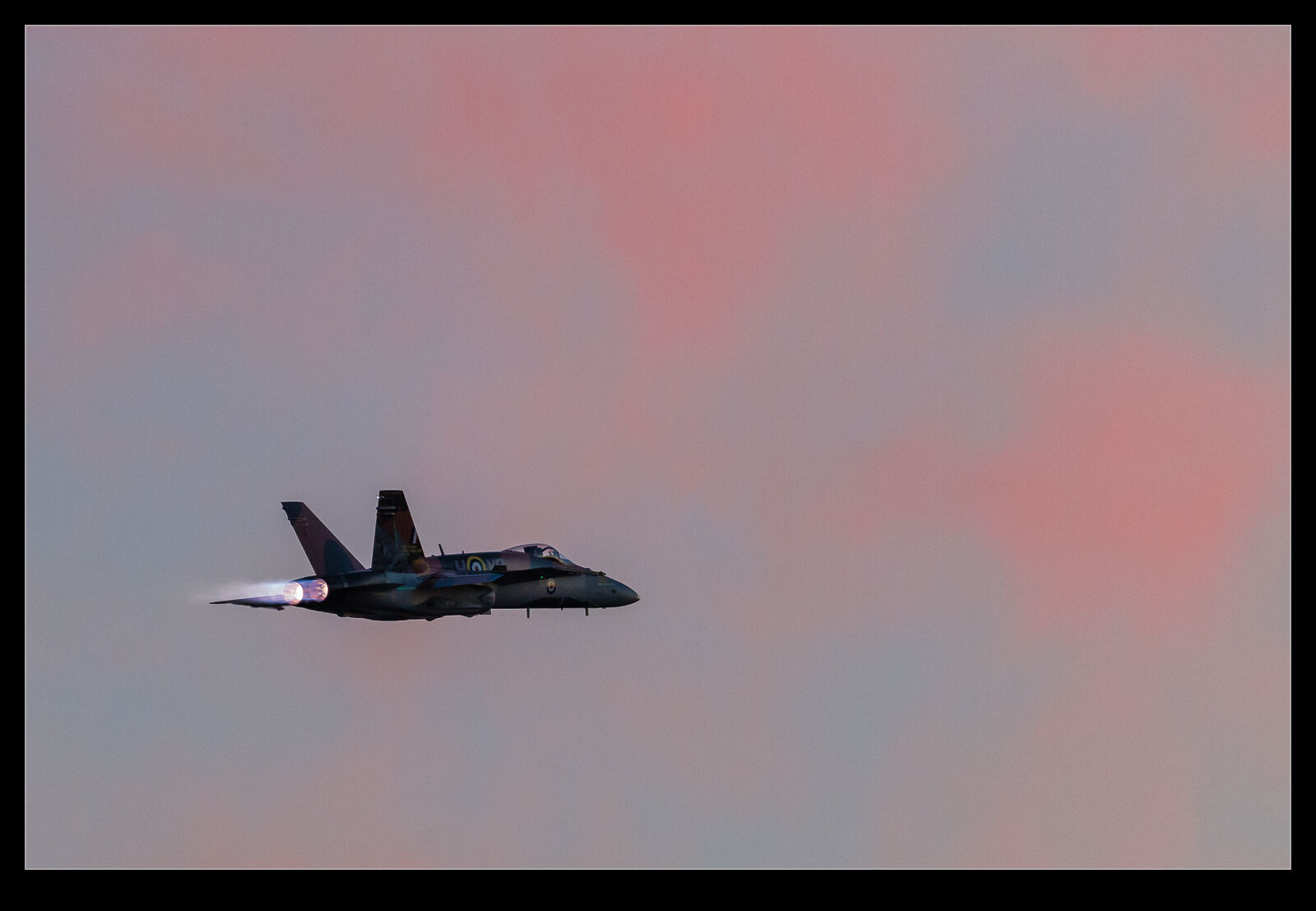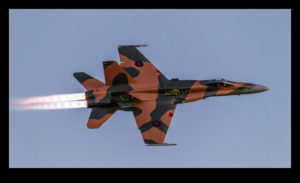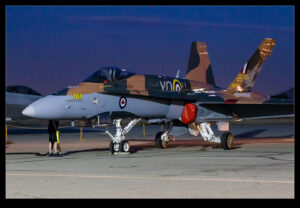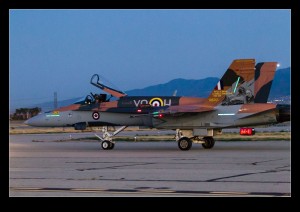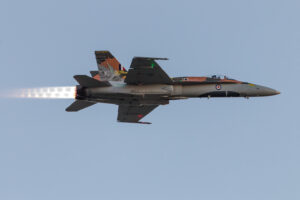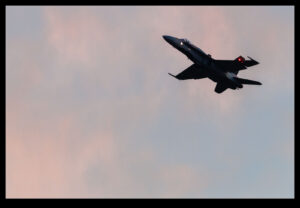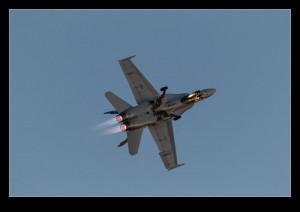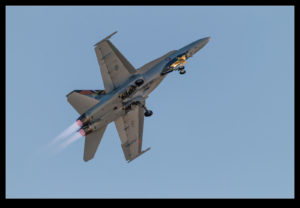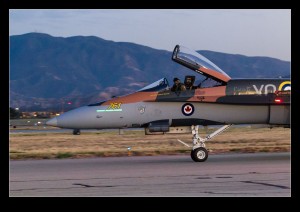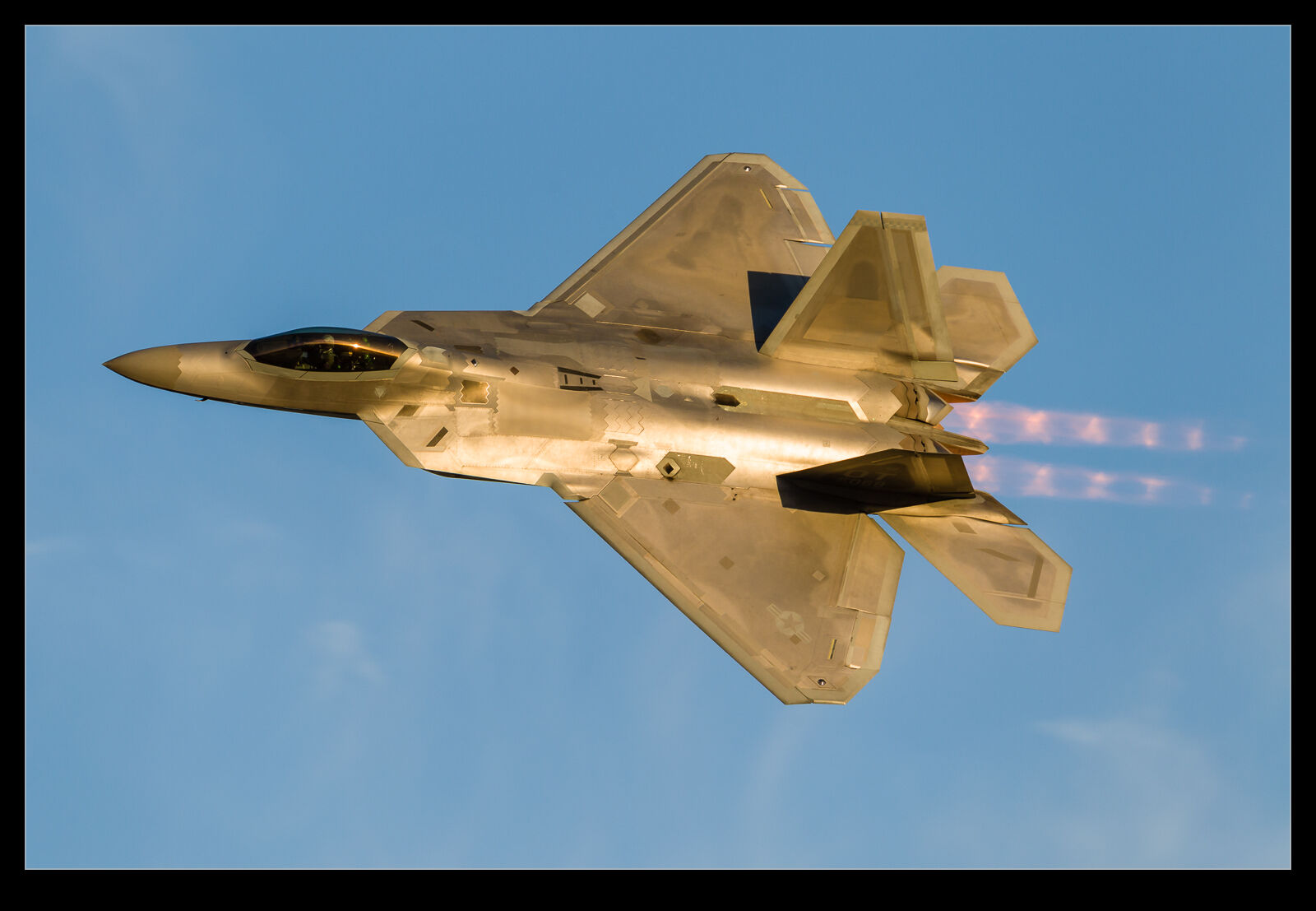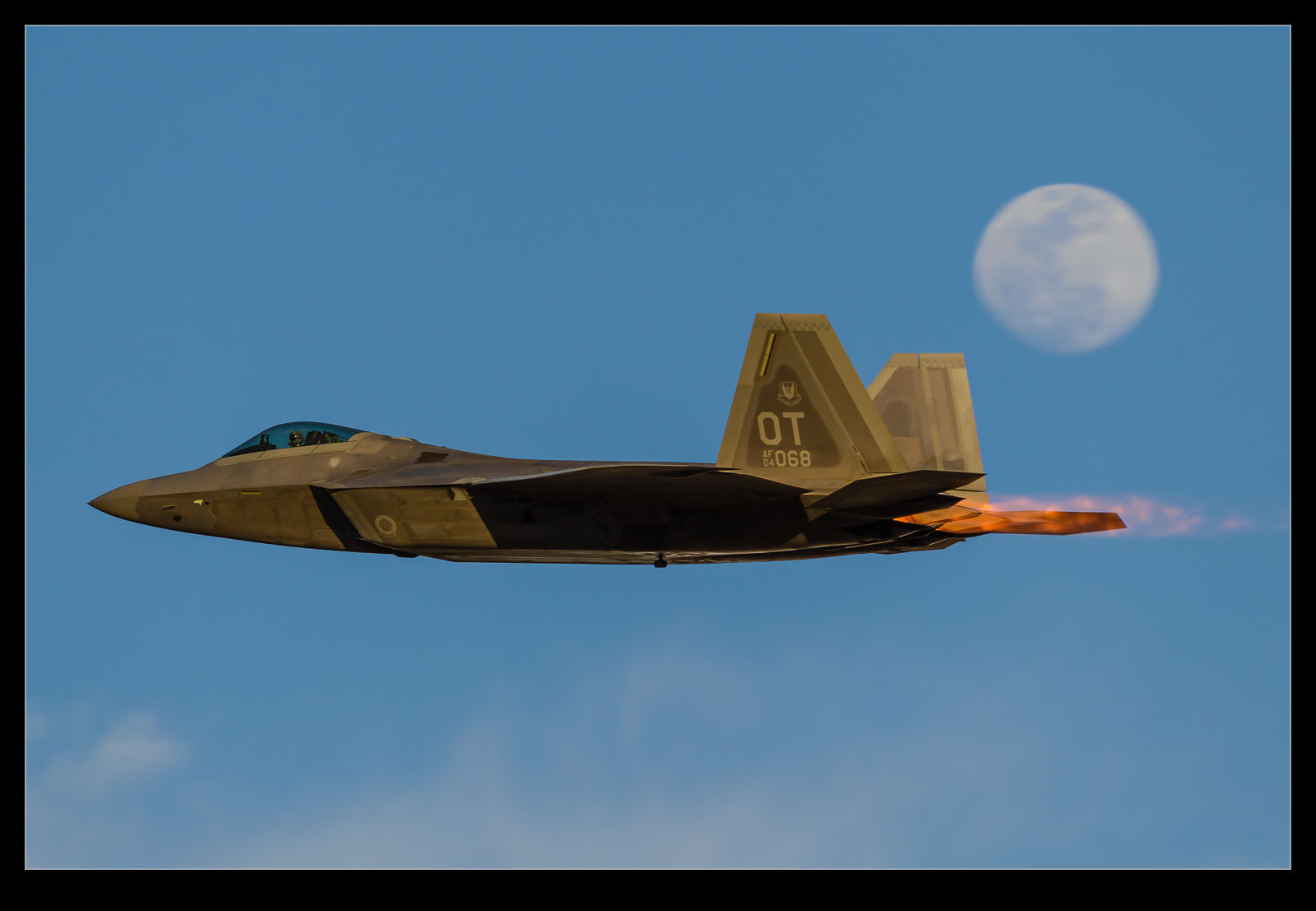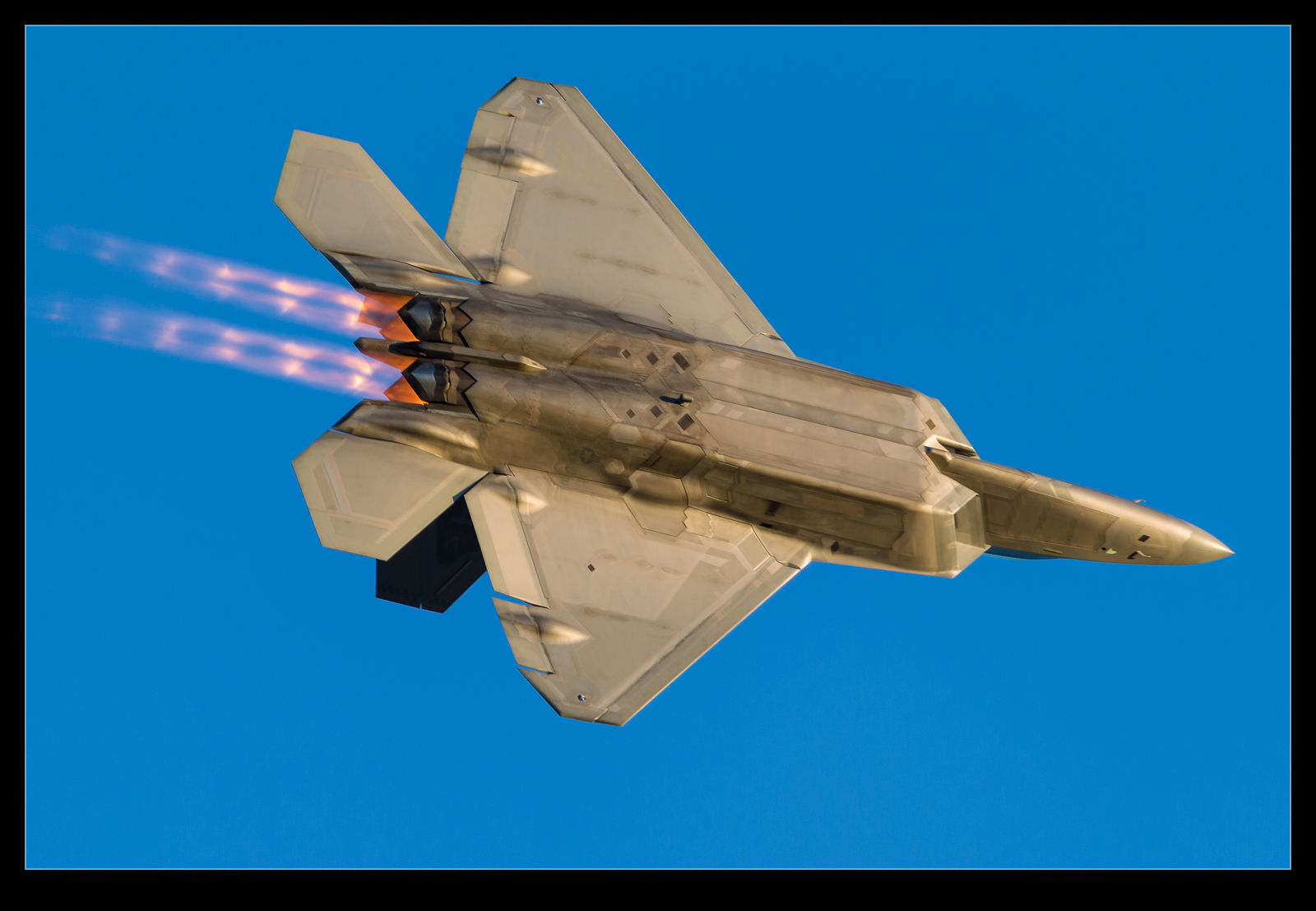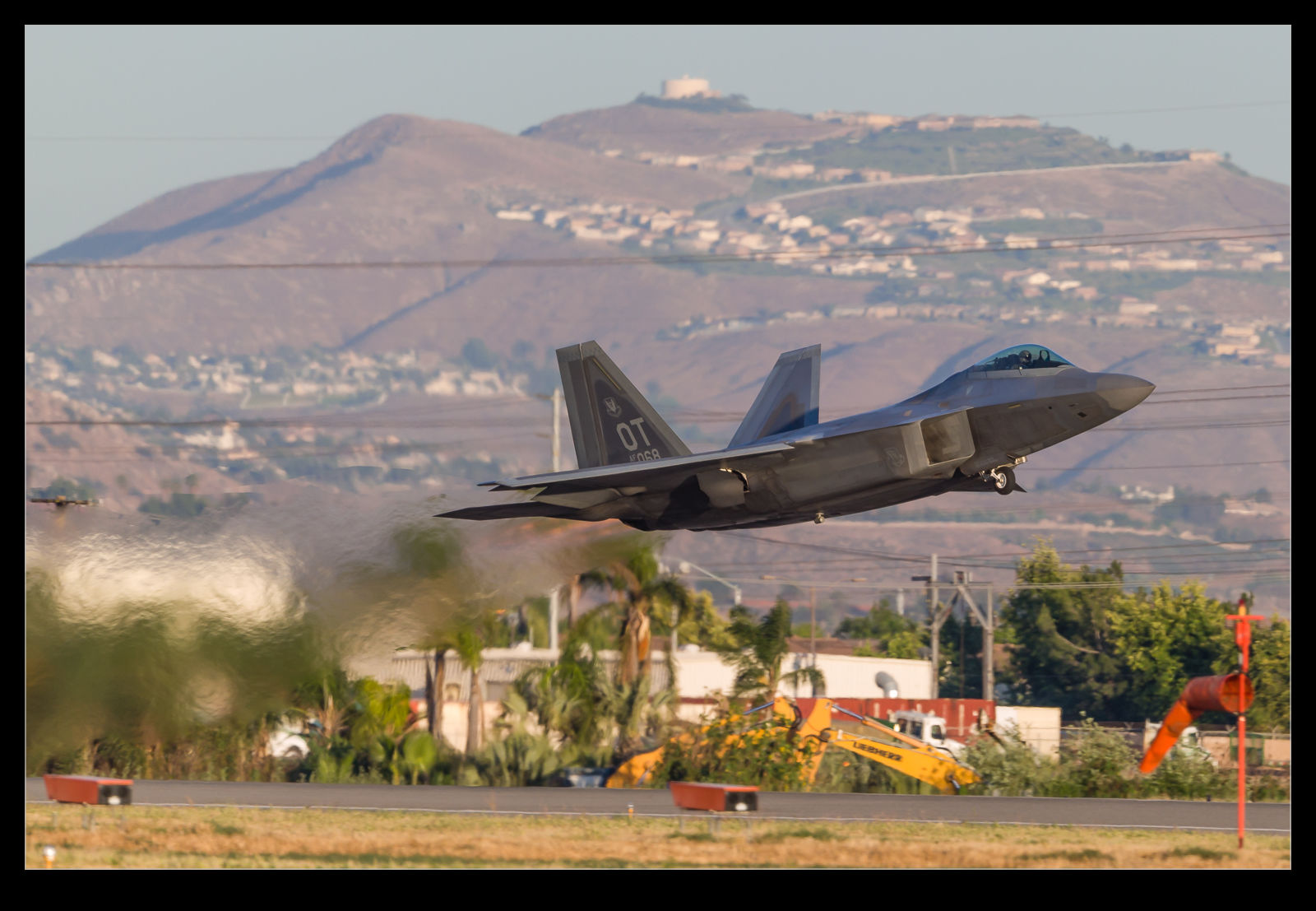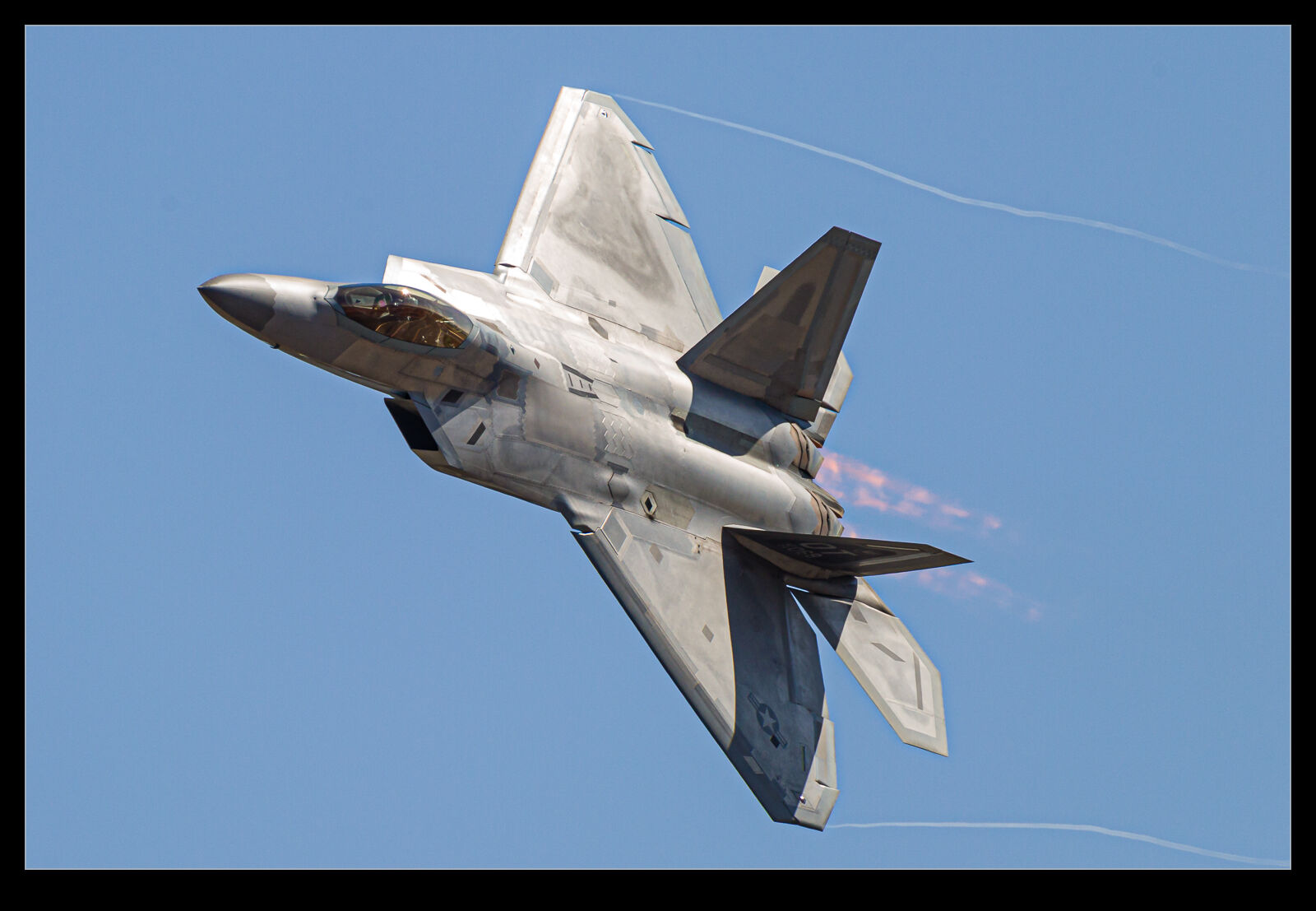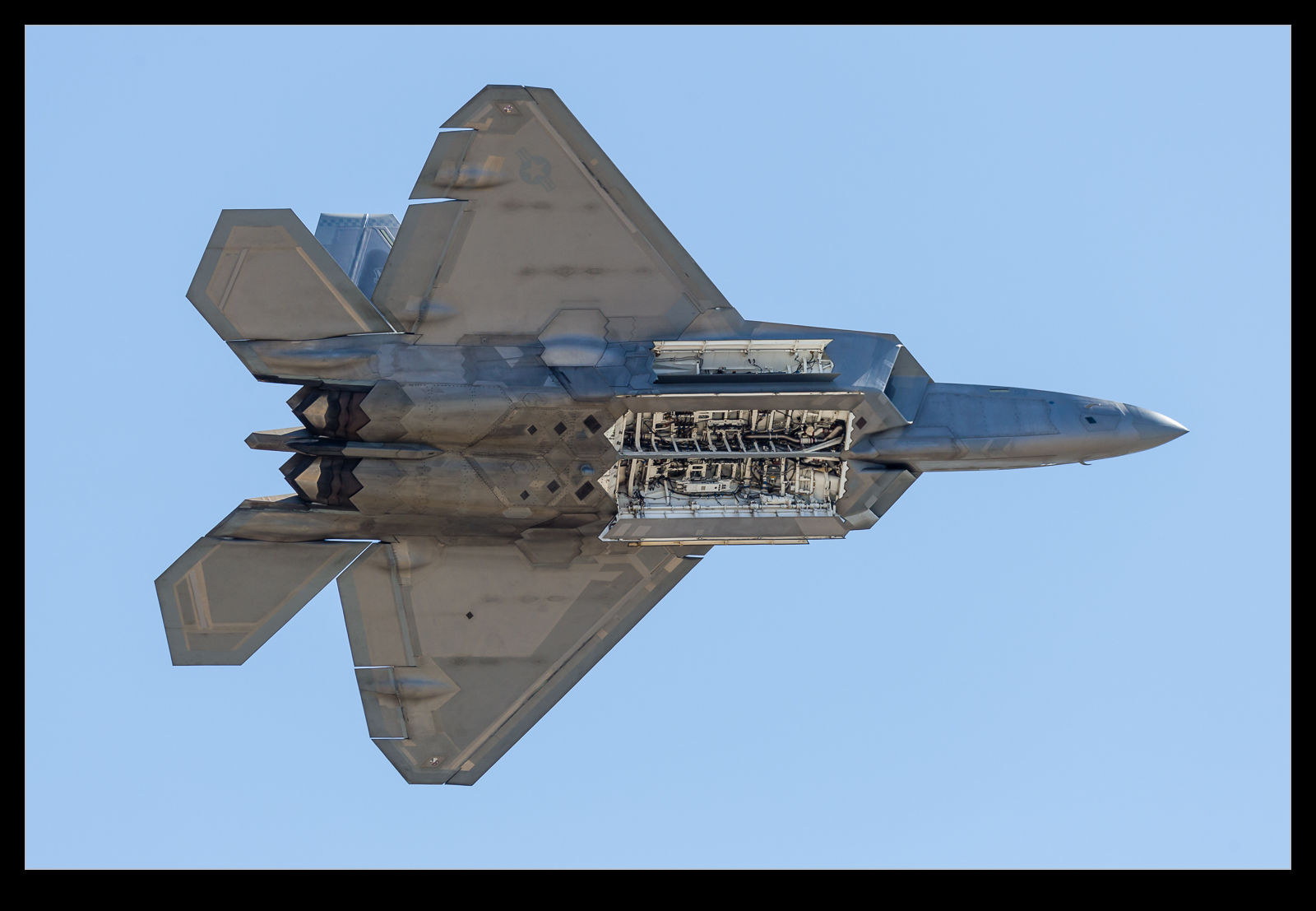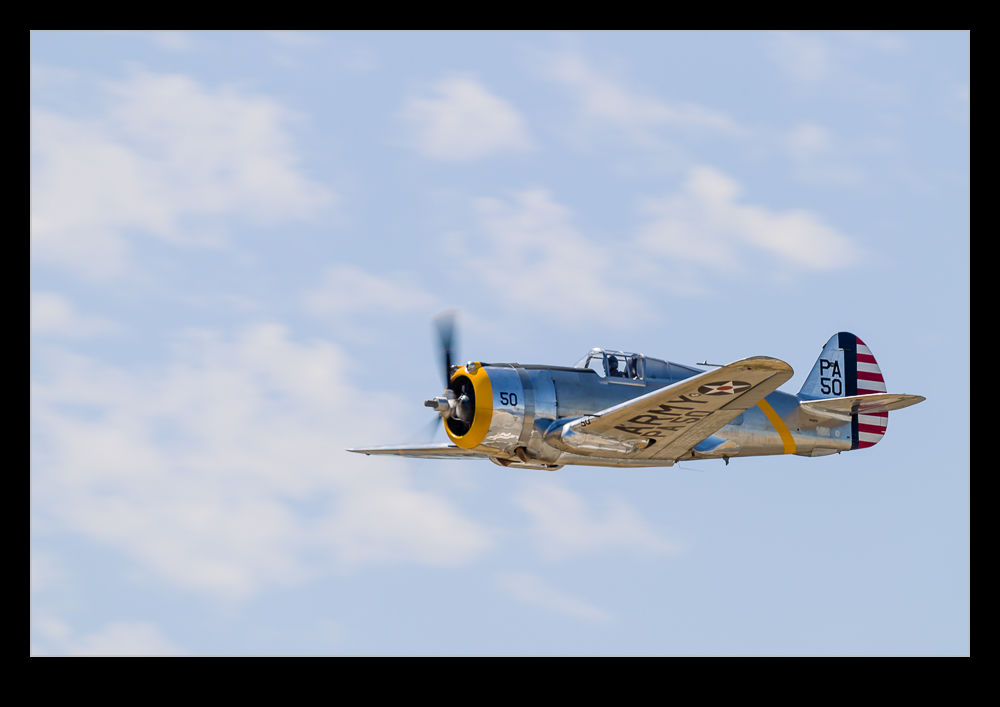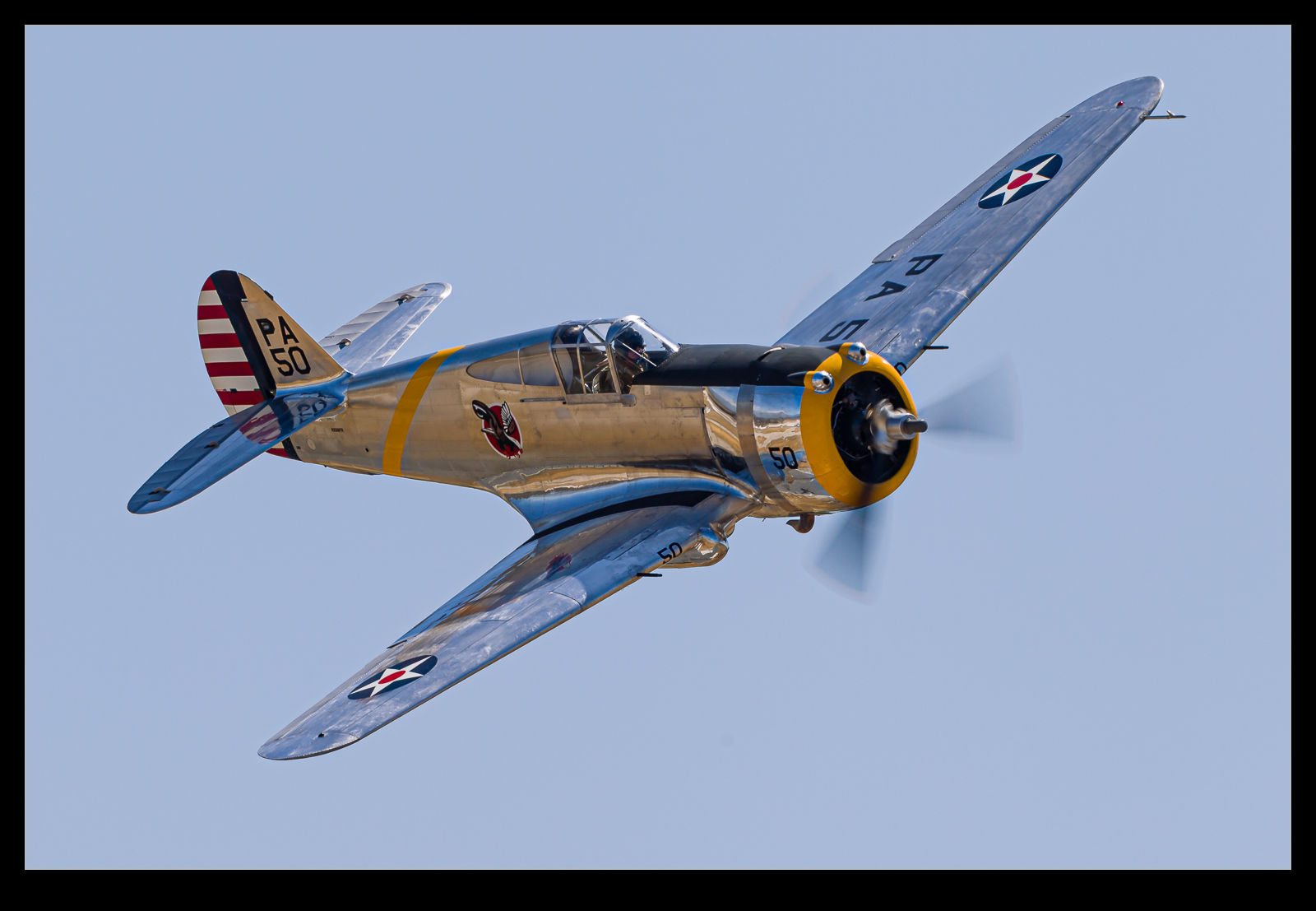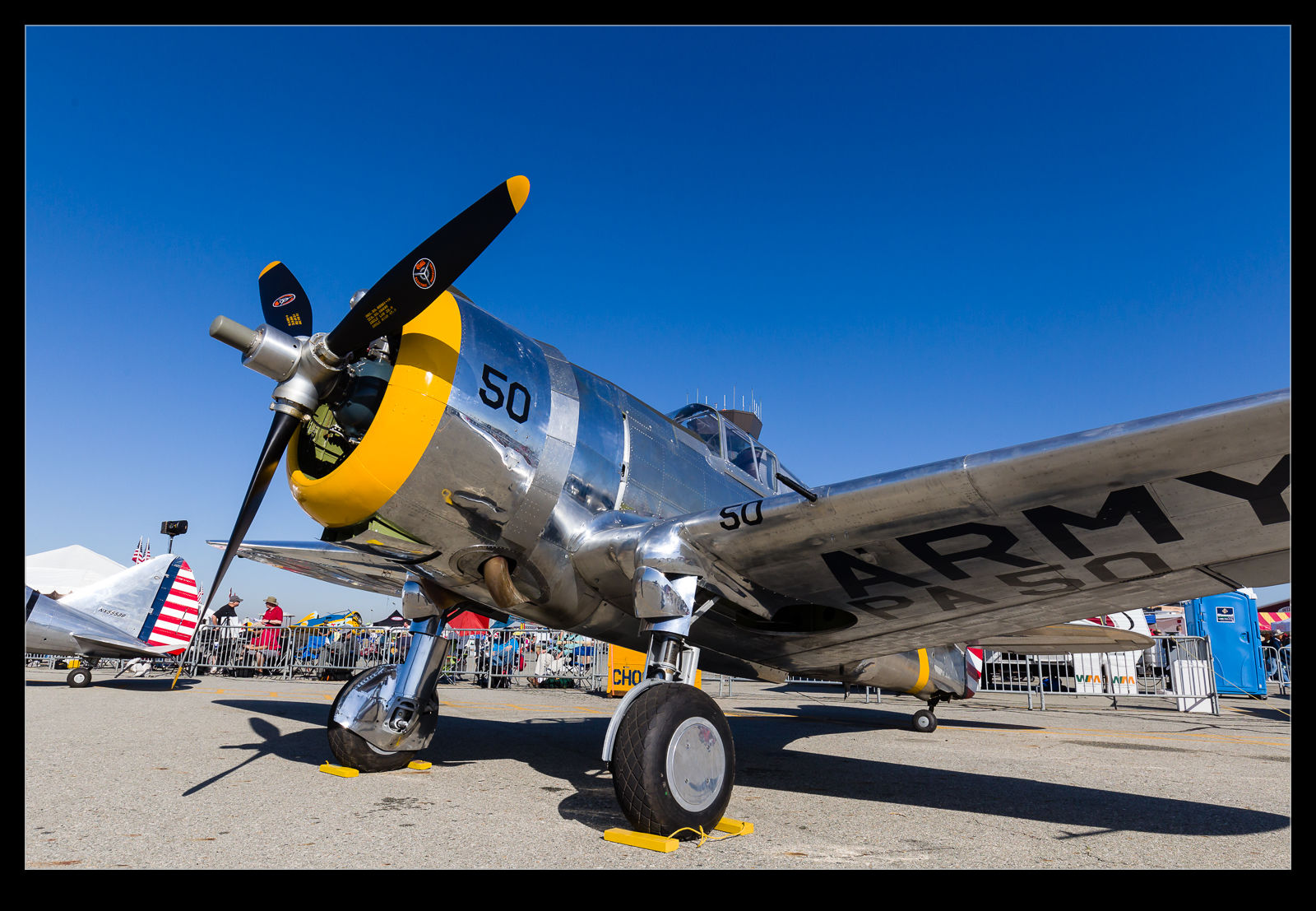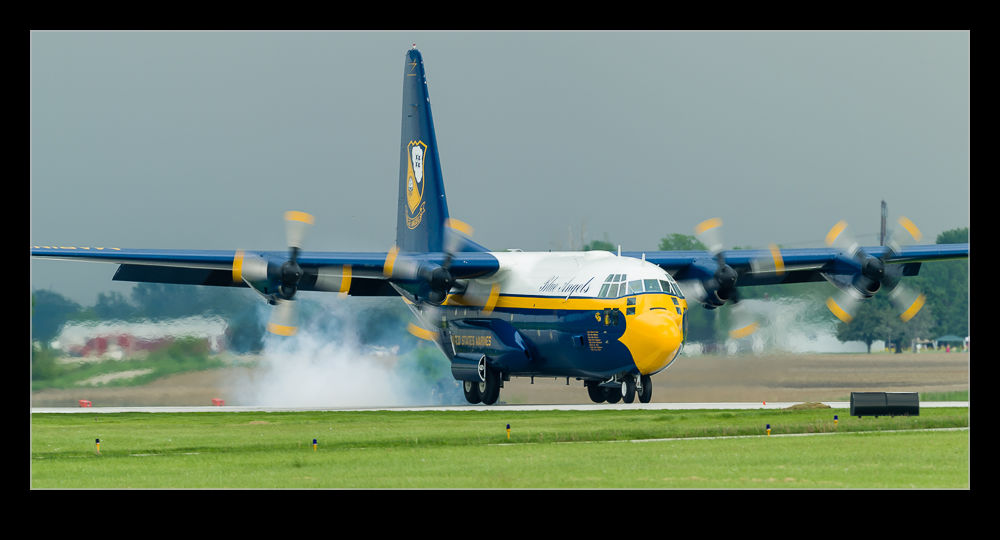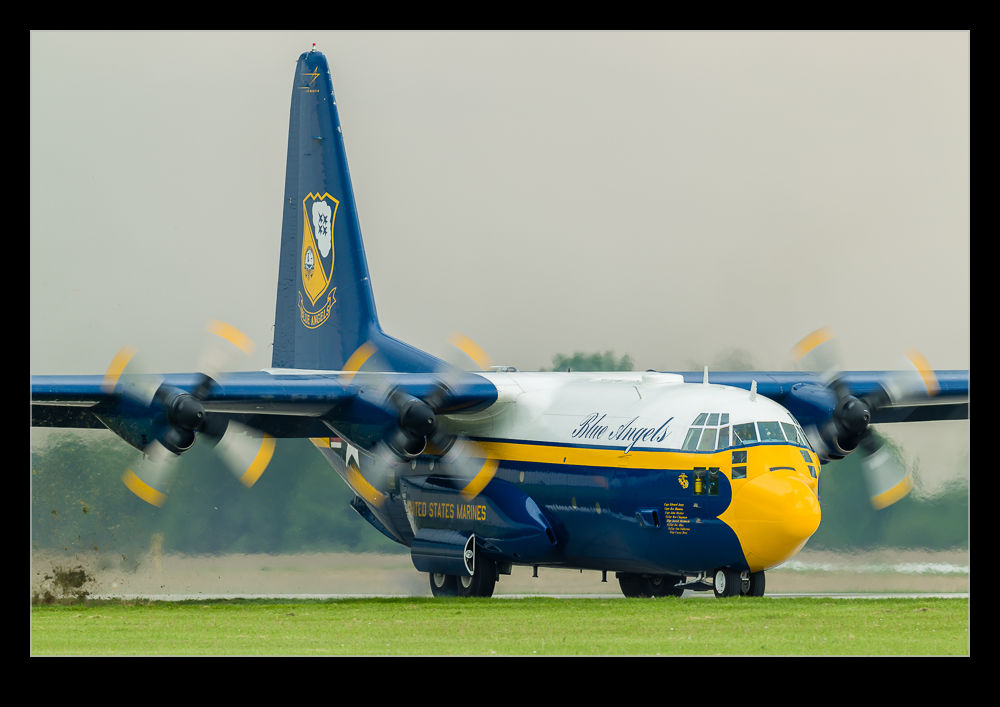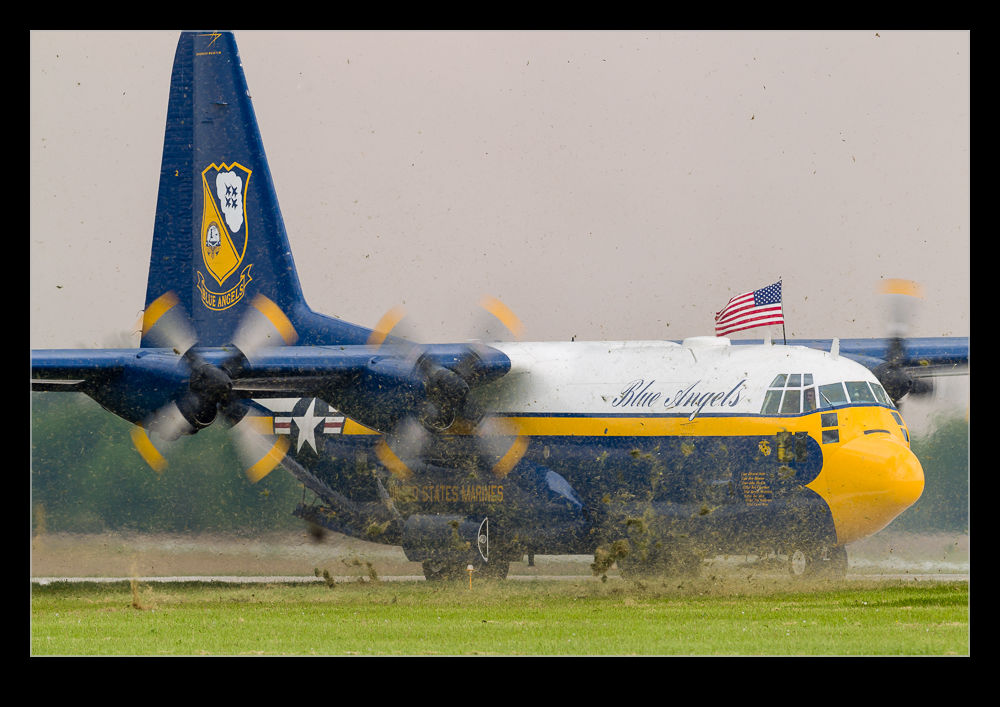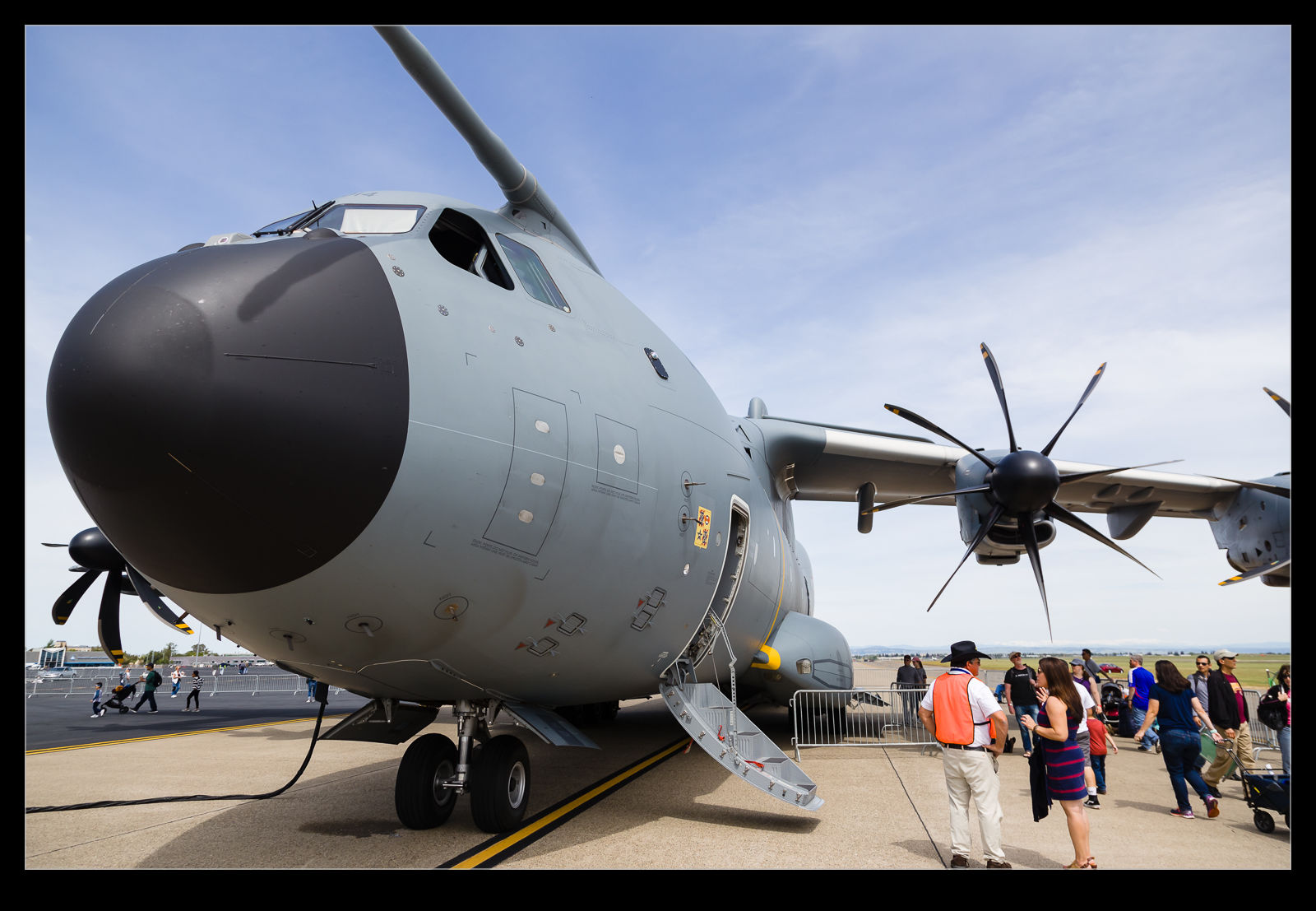 The A400M Atlas is now in service with a number of air forces. My encounters with them, though, have only involved the development airframes displayed by Airbus. That changed in Sacramento when The Patrouille de France arrived as part of their North American tour. They brought an A400M as he support plane. I was rather disappointed that it arrived late in the evening, after I had gone home and disappeared early the following morning to recover some delayed jets.
The A400M Atlas is now in service with a number of air forces. My encounters with them, though, have only involved the development airframes displayed by Airbus. That changed in Sacramento when The Patrouille de France arrived as part of their North American tour. They brought an A400M as he support plane. I was rather disappointed that it arrived late in the evening, after I had gone home and disappeared early the following morning to recover some delayed jets.
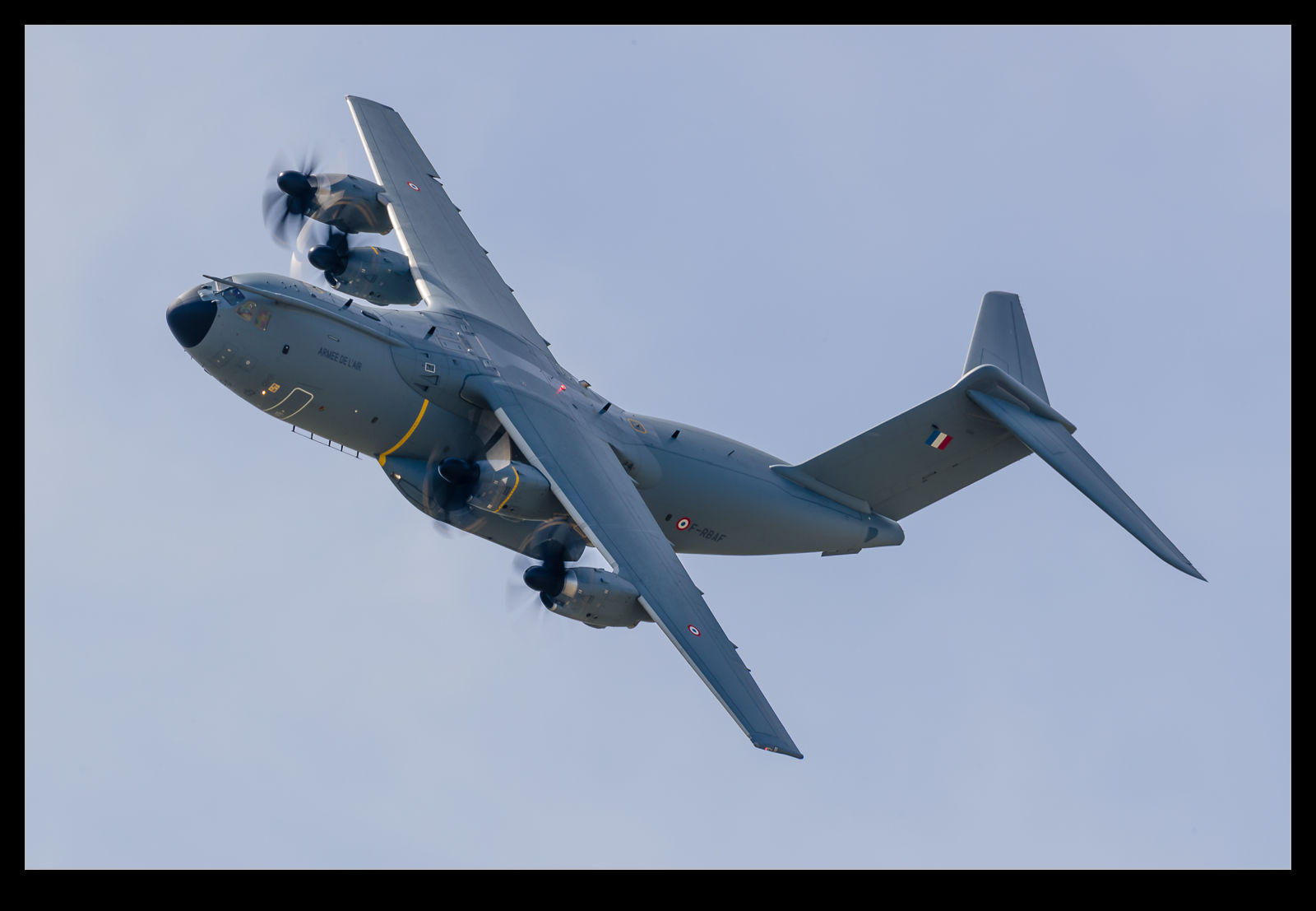 It was back for the day of the display though. It started up at a remote location but then proceeded to give a short flying display. It then taxied back to the crowd line where it shut down and was opened up for visitors. The people were lined up to get inside it for ages. The plane still looked pretty clean so I guess it had not been in service too long. I was glad to get a close up look around the outside as well as to see the crowds inside and the flying display itself. Not a dramatic performance like the test crews have put on but still good to see.
It was back for the day of the display though. It started up at a remote location but then proceeded to give a short flying display. It then taxied back to the crowd line where it shut down and was opened up for visitors. The people were lined up to get inside it for ages. The plane still looked pretty clean so I guess it had not been in service too long. I was glad to get a close up look around the outside as well as to see the crowds inside and the flying display itself. Not a dramatic performance like the test crews have put on but still good to see.
